The Importance of Proper Ski Resort Etiquette
Skiing is a sport that requires a great deal of skill and focus. As such, it's important to remember that we're sharing the mountain with other skiers and snowboarders. Proper ski resort etiquette is essential to ensure everyone has a safe and enjoyable time on the mountain. Not only does proper etiquette help maintain a positive environment, but it also helps prevent accidents and injuries.
One of the most important aspects of ski resort etiquette is respecting other skiers' personal space. It's crucial to maintain a safe distance from other skiers at all times, especially when passing or skiing in a crowded area. Additionally, it's important to be aware of your surroundings and watch out for other skiers who may be skiing at a faster or slower pace. By doing so, you can help prevent collisions and accidents on the mountain.
Another important aspect of ski resort etiquette is following the rules and regulations set forth by the ski resort. These rules are designed to ensure everyone has a safe and enjoyable time on the mountain. By following these rules, you can help maintain a positive environment and avoid any unnecessary conflicts with other skiers or ski resort staff.
Dos of Ski Resort Etiquette
Now that we've covered the importance of proper ski resort etiquette, let's take a look at some of the dos of ski resort etiquette. Following these tips can help ensure you have a positive and safe skiing experience.
Do Respect Other Skiers' Personal Space
As we mentioned earlier, it's important to maintain a safe distance from other skiers at all times. This means giving other skiers plenty of room when passing or skiing in a crowded area. Additionally, it's important to be aware of your surroundings and watch out for other skiers who may be skiing at a faster or slower pace.
Do Follow the Rules and Regulations
Ski resorts have rules and regulations in place to ensure everyone has a safe and enjoyable time on the mountain. It's important to follow these rules, which may include things like staying on designated trails, skiing in control, and wearing proper safety equipment.
Do Practice Good Lift Line Etiquette
Lift lines can be a busy and hectic place, but practicing good lift line etiquette can help ensure everyone gets on the lift safely and efficiently. This means staying in line, not cutting in front of others, and being aware of your surroundings.
Don'ts of Ski Resort Etiquette
In addition to the dos of ski resort etiquette, there are also some important don'ts to keep in mind. These are things to avoid to help maintain a positive and safe skiing experience for everyone.
Don't Ski Recklessly
Skiing recklessly can be dangerous not only for yourself but for other skiers on the mountain. It's important to ski in control and avoid skiing too fast or in areas that are beyond your skill level.
Don't Litter or Leave Trash Behind
Ski resorts are beautiful natural environments, and it's important to keep them clean and free of litter. Make sure to dispose of any trash properly and avoid leaving anything behind on the mountain.
Don't Stand or Stop in Dangerous Areas
Standing or stopping in dangerous areas can put yourself and other skiers at risk. Make sure to be aware of your surroundings and avoid stopping in areas that may be hazardous.
Tips for Sharing the Mountain with Other Skiers
Sharing the mountain with other skiers requires a certain level of awareness and consideration. Here are some tips to help ensure you're sharing the slopes safely and efficiently.
Be Aware of Your Surroundings
Being aware of your surroundings is key to sharing the mountain safely. This means keeping an eye out for other skiers, watching for hazards or obstacles, and being aware of your own skill level.
Communicate with Other Skiers
Communication can be key when sharing the slopes with other skiers. This means using hand signals or verbal cues to let other skiers know your intentions, such as which direction you plan to turn or when you're passing.
Respect Other Skiers' Space
Respecting other skiers' space is essential for a safe and enjoyable skiing experience. This means maintaining a safe distance from other skiers at all times, especially when passing or skiing in a crowded area.
Common Mistakes to Avoid
Even with the best of intentions, it's easy to make mistakes when sharing the mountain with other skiers. Here are some common mistakes to avoid to help ensure everyone has a positive and safe skiing experience.
Not Paying Attention
Not paying attention to your surroundings can be dangerous on the mountain. It's important to be aware of other skiers, hazards, and your own skill level at all times.
Skiing Too Fast
Skiing too fast can be dangerous for yourself and other skiers on the mountain. Make sure to ski in control and avoid skiing too fast or in areas that are beyond your skill level.
Cutting in Line
Cutting in line can be frustrating for other skiers and can cause delays and conflicts in the lift line. Make sure to stay in line and be patient when waiting for the lift.
Safety Considerations and Precautions
Safety should always be a top priority when skiing. Here are some important safety considerations and precautions to keep in mind.
Wear Proper Safety Equipment
Wearing proper safety equipment, such as a helmet and goggles, can help prevent injuries on the mountain.
Know Your Limits
Knowing your own skill level and staying within your limits can help prevent accidents and injuries on the mountain.
Avoid Skiing Alone
Skiing alone can be dangerous, especially if you're not familiar with the mountain or the terrain. Make sure to ski with a partner or group whenever possible.
Handling Conflicts on the Mountain
Conflicts can arise on the mountain, but it's important to handle them in a calm and respectful manner. Here are some tips for handling conflicts on the mountain.
Stay Calm
Staying calm and avoiding confrontations can help de-escalate conflicts on the mountain.
Communicate Effectively
Communicating effectively can help resolve conflicts and prevent misunderstandings. Use clear and respectful language when addressing other skiers or ski resort staff.
Seek Assistance if Necessary
If a conflict cannot be resolved, seek assistance from ski resort staff or authorities.
Best Practices for Après-Ski Etiquette
Après-ski is a time to relax and unwind after a long day on the mountain. Here are some best practices for après-ski etiquette.
Respect Other Skiers' Space
Respecting other skiers' space is important even after you've left the mountain. This means avoiding overcrowded areas and being mindful of other skiers' personal space.
Drink Responsibly
Drinking responsibly can help ensure everyone has a safe and enjoyable time during après-ski activities.
Be Mindful of Noise Levels
Being mindful of noise levels can help maintain a positive environment and prevent disturbances for other skiers or guests.
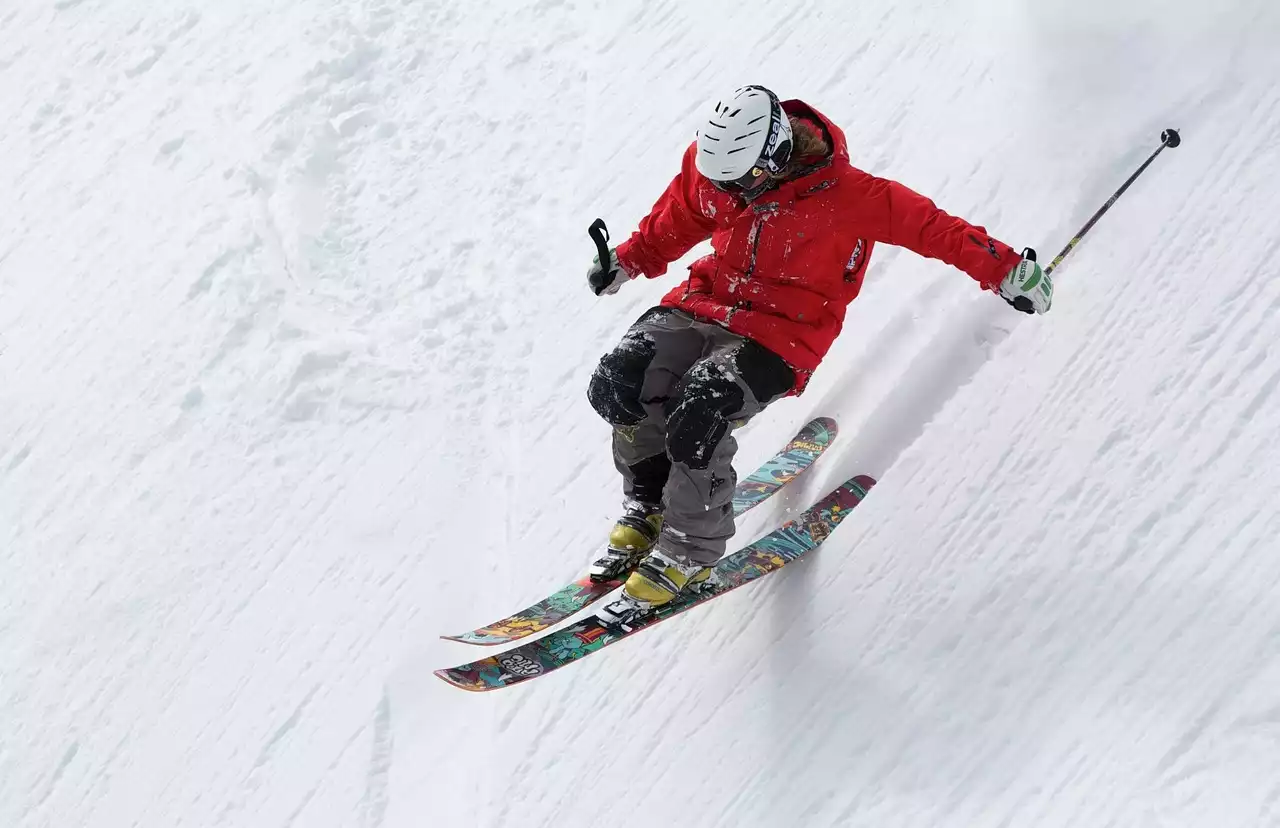
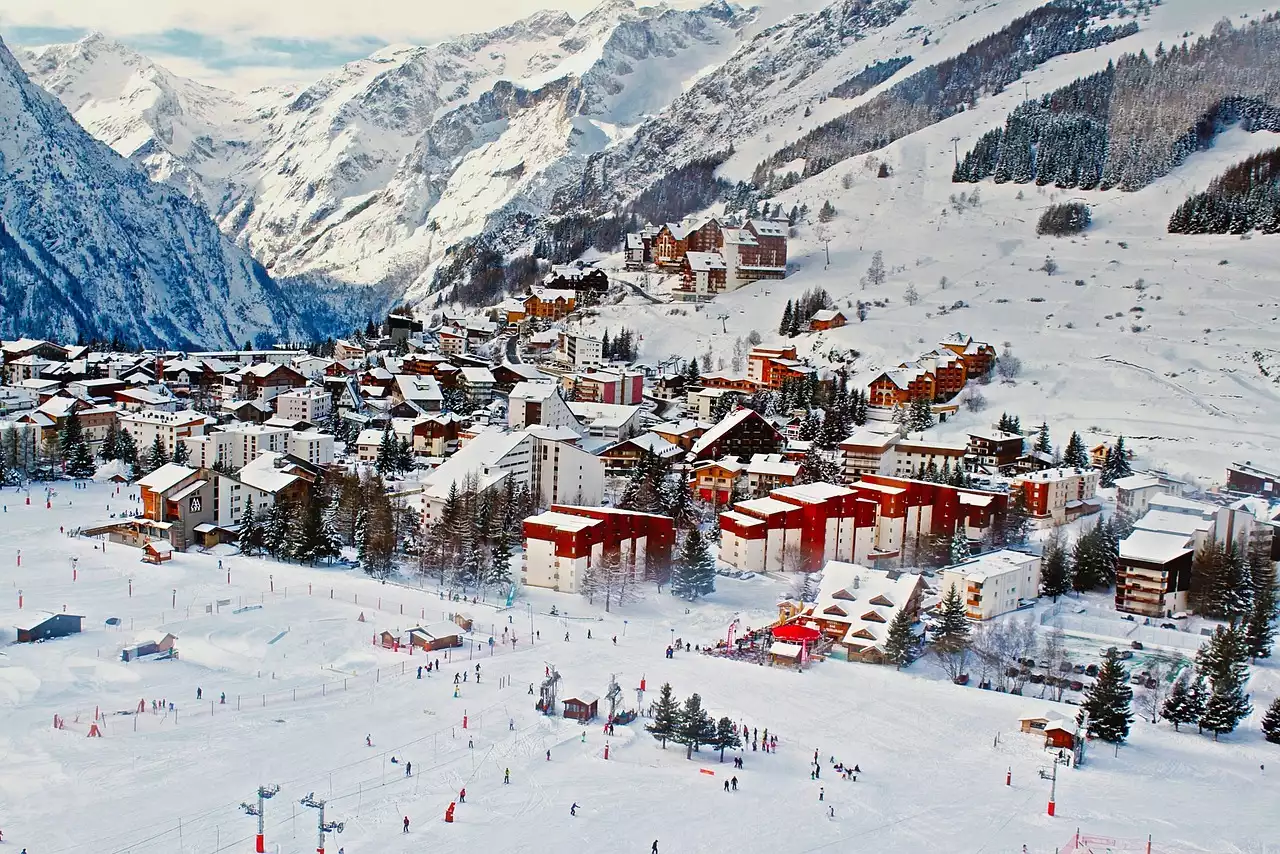
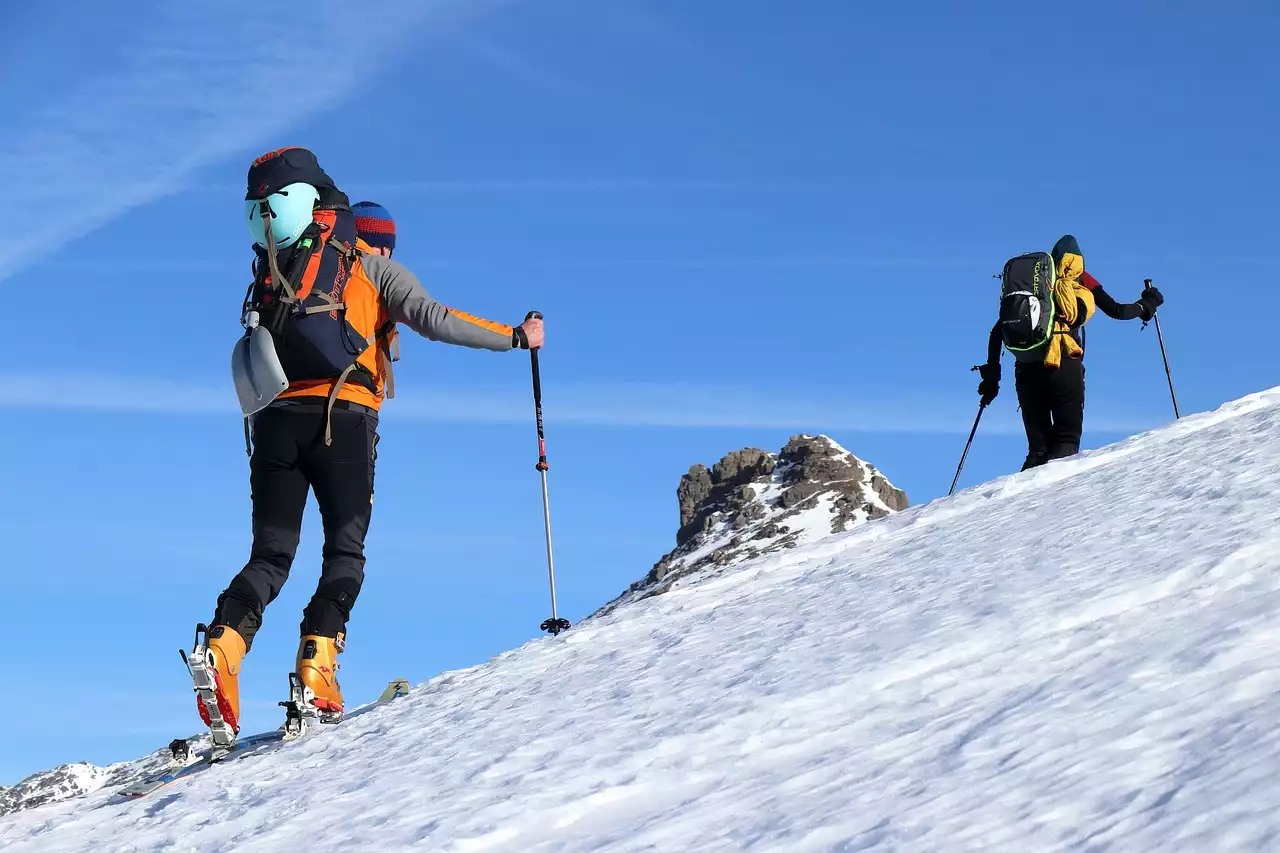
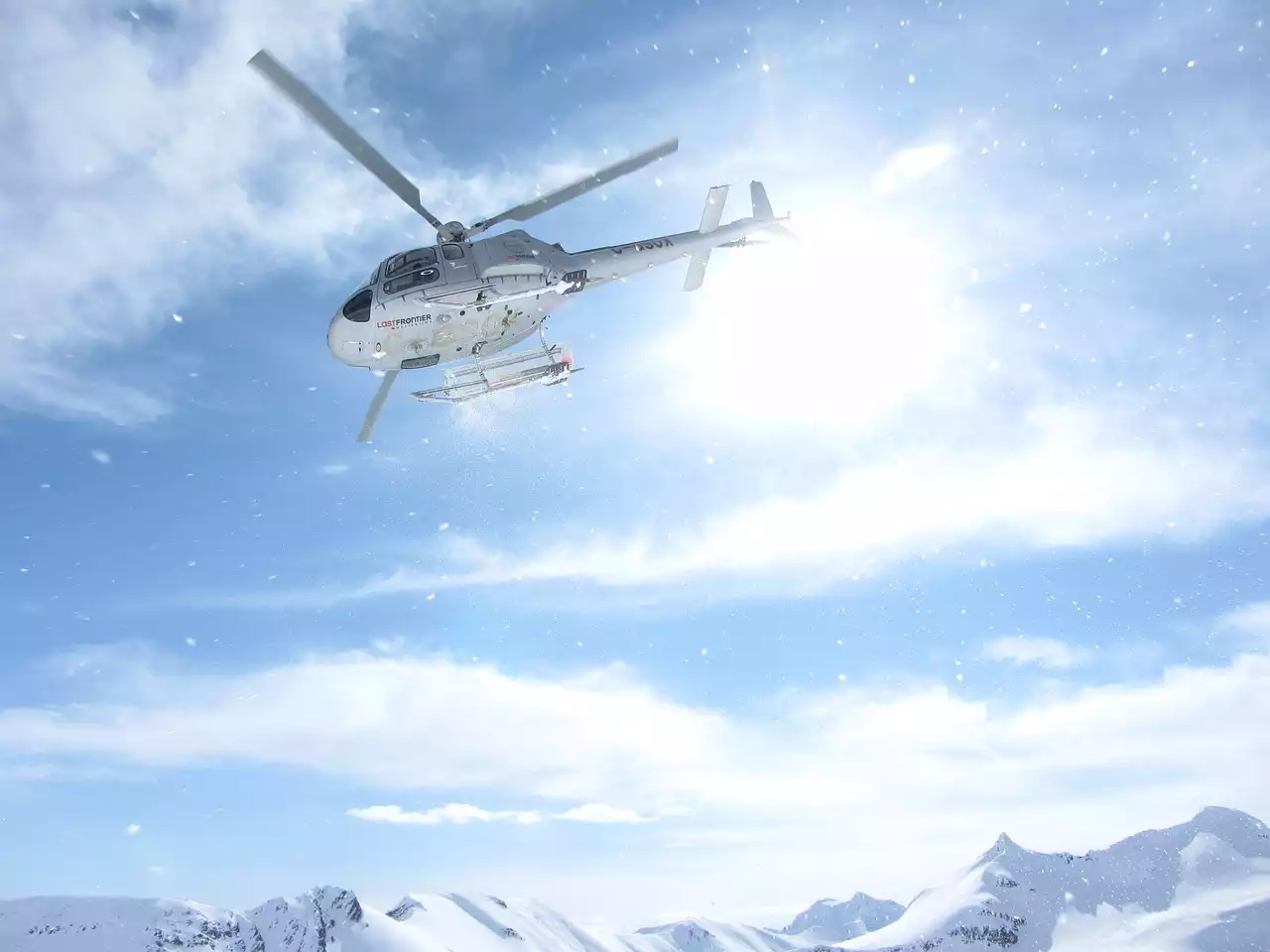
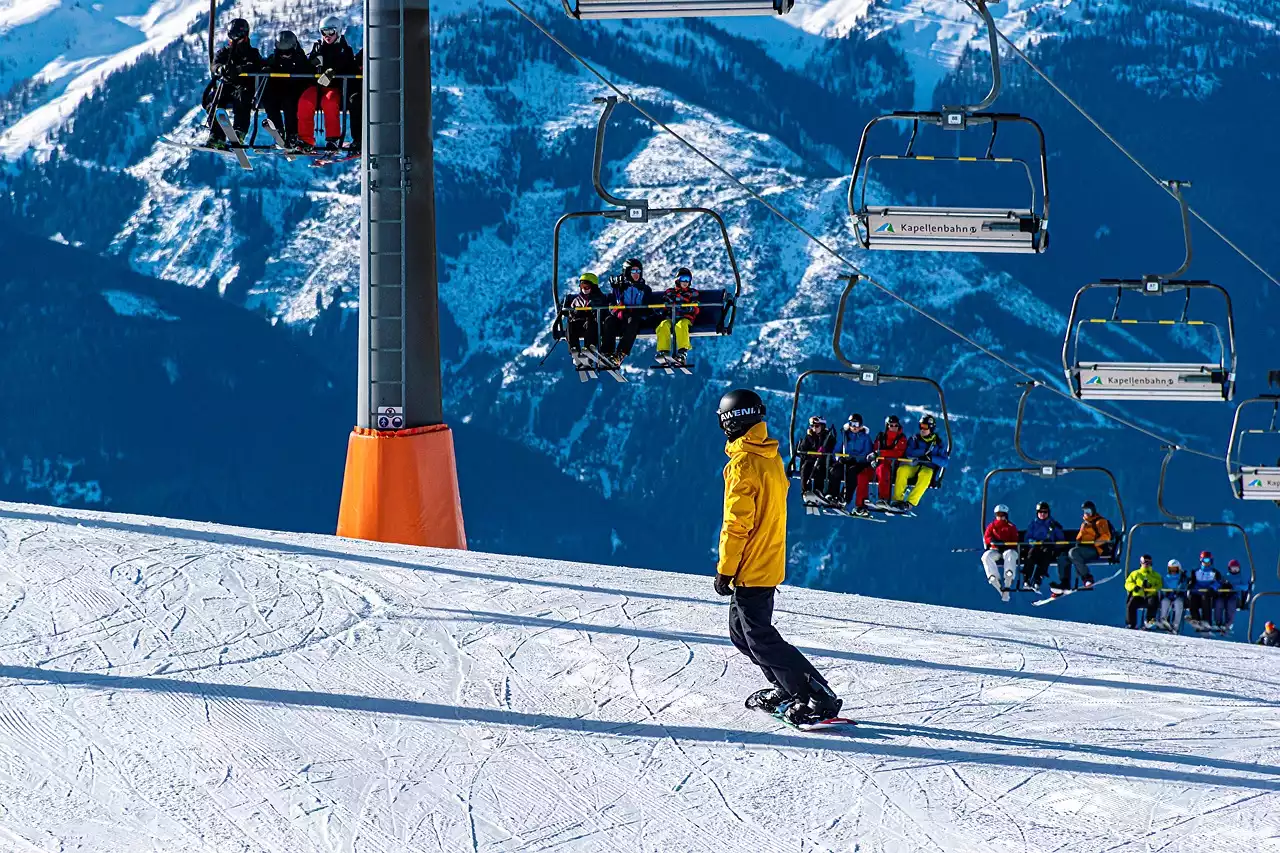

.png?size=50)



